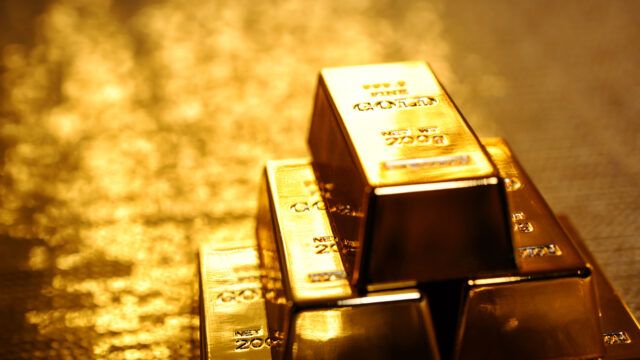Investor appetite for gold, especially via passive allocations, has enabled it to curb its downside since the US 10-year real rate reached a trough in early March.
While gold has lost roughly 5% of its value during this time, it should be viewed positively given the rise of 93 basis points in US 10-year real rates since then, plus the decline in global risk aversion.
For example, previous patterns of the sensitivity of gold to US 10-year real rates suggest the yello meta might have dropped by US$330 amid the rise, rather than US$97.
“The main reason for the relative resilience of the gold price stems from the rise in investment demand, especially ETF demand,” said Luc Luyet, FX strategist at Pictet Wealth Management.
Since March 2022, ETFs have purchased around 100 tonnes of gold, indicating that investment demand remains strong, the Swiss-based firm explained.
Inflation supporting demand
According to Luyet, while holding gold has an opportunity cost, investment demand is being driven by the fear of US dollar depreciation and high inflation, as well as by safe-haven considerations.
“We think that a desire to build a hedge against inflation and market risk is behind the latest increase in investment demand for gold,” he said.
The support for gold is likely to remain in place with the war in Ukraine and Covid-related lockdowns in China expected to keep inflationary pressure high as a result of sustained commodity and global supply chain disruption.
Further, efforts to ‘re-shore’ some supply chains over the longer term may also prove inflationary, added Luyet. “Although inflation may soon peak, it could stay comparatively high. Overall, gold’s status as a hedge against inflation could support gold, especially in the short term.”
Positioning around gold expectations
At the same time, Pictet Wealth Management is relatively cautious on gold’s prospects in the short term; it believes the US economy will remain resilient in the next months, prompting a further decline in speculative demand for gold as the Fed continues to hike rates.
In the longer term, the firm sees an increasing risk that the US economy finds the Fed’s aggressive monetary stance hard to stomach may cap the rise in rates and therefore provide some support to gold.
This translates into its three-month and six-month projections for gold of US$1,870 and US$1,790 per troy ounce, respectively, and its 12-month projection of US$1,850.
“In terms of risk to these estimates, a Fed that shifts to “Volcker mode” – in other words, acting even more aggressively than suspected to curb inflation at all costs – may weigh on gold,” said Luyet. “Although the probability that global risk appetite declines in such an event may cushion such a fall.”
By contrast, he added, a prolonged period of high inflation would be a clear positive factor for gold. “At this stage, we see it as more probable that gold will move above our projections than below them.”

















